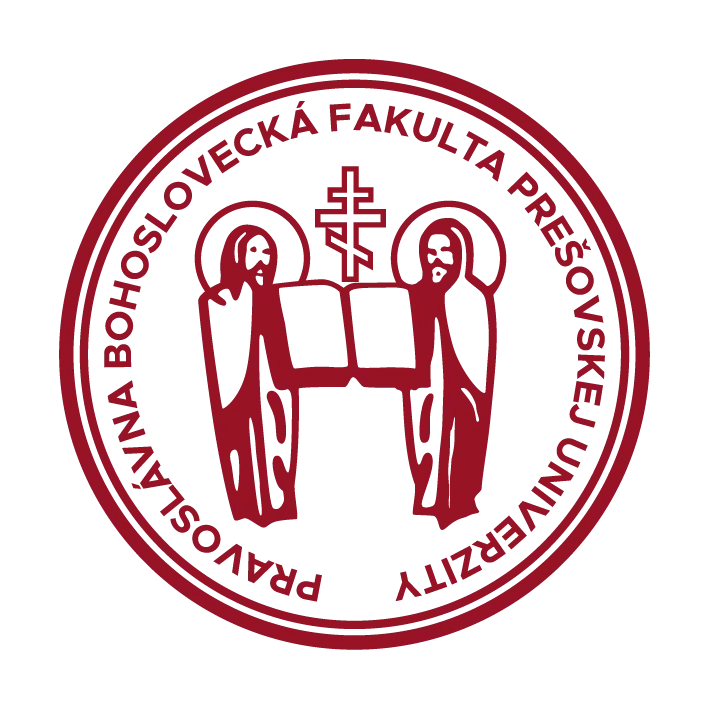HAVLÍKOVÁ Lubomíra - Acta Patristica, volume 10, issue 21/2019
ONCE AGAIN ABOUT THE LEVÍN INSCRIPTION. HISTORICAL-ARTISTIC CONTEXT
/JEŠTĚ JEDNOU K LEVÍNSKÉMU NÁPISU. HISTORICKO-UMĚLECKÉ SOUVISLOSTI/
Lubomira HAVLIKOVA
emeritus scientist, Institute of Slavonic Studies the CAS, v.v.i., Czech Academy of Science, Valentinská 1, 110 00 Praha 1, Czech republic, department of paleoslavic and byzantology, havlikoval@centrum.cz, 00420 286 592 663
Abstract
The Levín´s inscription is placed on the slab from sandstone together with a relief of lion. The slab was secondary settled on the Gothic coping stone in Levín´s Gothic and successively Baroque church. On the basis of analysis of literature the author attempted to elucidate the whole problems not only from the linguistic and script (writing) point of view, but also in the historical and art-historical context. She shows the survival of Slavonic (Cyrillic) script in Romanesque time (from 12th until 13th centuries) in the Czech milieu, from which era and time the zoomorphic figural relief of lion probably originates, too. It is possible that relief of lion on the slab and his motif were older, how show old theological texts and philosophical thought. The author means that the Cyrillic text and relief of lion have not only their religious connotations and traditions (a lion as a symbol of Jesus Christ and Christianity), but also from the historical standpoint the lion was a lay and heraldic symbol of rulers, government, power, authority and force. The symbol of lion was known in the Ancient epochs, Antiquity, Middle Ages and survives until the present time. The Levín´s inscription presents the cultural heritage of the Cyrillo-Methodian mission of two Thessalonian brothers in the Great Moravian Empire.
Keywords
Inscription of Levín, lion of Levín, Paleoslavic studies, history, history of arts, heraldry
SUMMARY
The Levín inscription with the lion depiction is located on the vault bolt, which comes from the defunct Gothic parish church in Levín, and therefore the relief of the lion on the bolt is associated with the coat of arms of the founder of the church. In the past, several researchers dealt with the Levín stud with an inscription and a relief figure (Fig. 1 a, b). It is the first evidence of an epigraphic Cyrillic on Czech soil and the inscription was placed in the second half of the 12th century or at the beginning of the 13th century. The Levin inscription is accompanied by an animal relief. The existence of Levín in the 12th century is documented by preserved documentary material. Based on this, the scholars believed that in 1169 Vladislav II donated. to the Hospitaller Order of the Knights of Malta - Johanites, warriors devoted to God and the Gospel, which he brought to Bohemia from 1156–1159. They held Levín until 1547. The Early Medieval man was not only a deeply religious, pious and religious man, a man of the Church, but also a worldly man, struggling with the problems and pitfalls of everyday life. Religious and secular naturally blended with him. According to him, the earliest evidence of the lion is the Romanesque tiles of the so-called island group. The Levin lion is like the images of a (heraldic) lion on the 13th century bracteates. If the 13th century braktelates were a model for the Levin lion, then this lion would be a late work, which would support the thesis of the emergence of a Levin bolt with the relief of the lion only in the second half of the 13th century. The lion (leo), the king of animals, was a frequent symbol and emblem in both religious and secular art because of its majesty and force-generating respect. In Christianity it became a symbol of Christ, his heavenly empire, and as a symbol of Christ was known in Christian symbolism in the East and West. For the medieval man, it was a symbol of resurrection. The winged, apocalyptic lion is also a symbol and sign, an attribute of the Evangelist Mark. The depiction of a lion in architecture, applied arts and craft (portals, tiles, knockers, rings) was inspired not only in biblical and gospel texts, but also based on scientific writings on real and fantasy animals. We concluded that the relief of the lion on the vault bolt from Levín was a Romanesque monument, which was built around the mid-12th century, which is also indicated by an analysis of the Cyrillic inscription carried out by the Paleoslavians. The relief of a Levinian lion of Romanesque character on a plate with a Cyrillic inscription was on an originally Romanesque stone block originating from an originally Romanesque building. After its destruction, the plaque with the relief of a Roman lion was worked and used, mounted secondarily, on a Gothic vault bolt.
(Language: czech)
